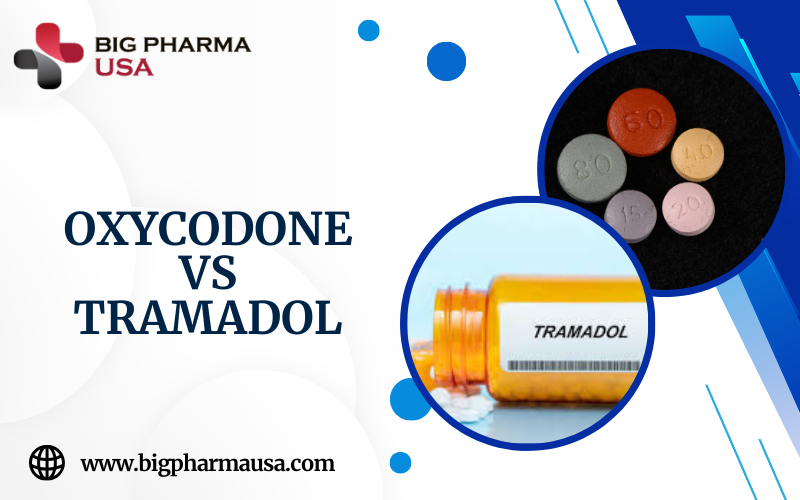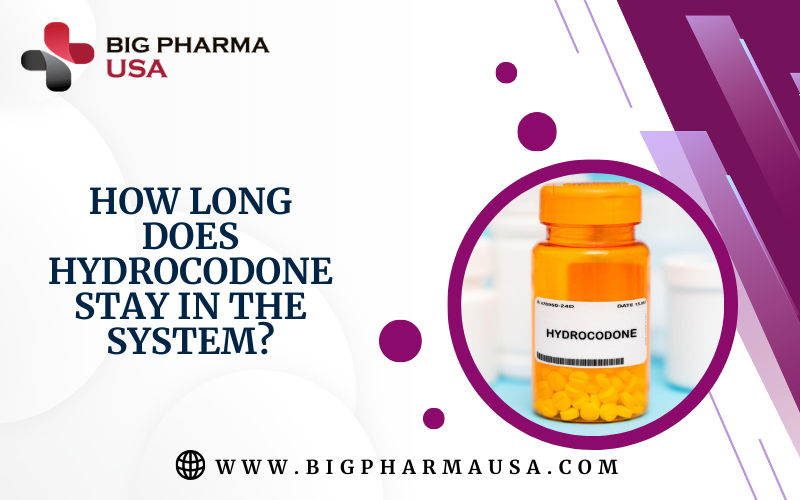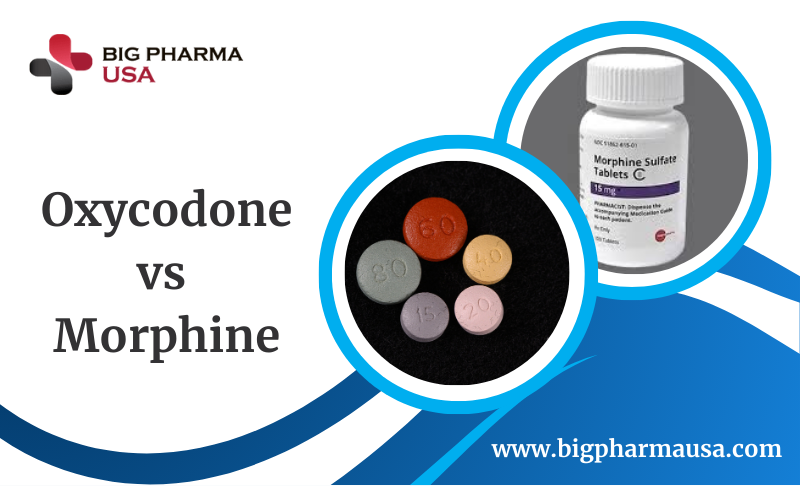A medicinal injection is typically administered in the form of a liquid drug which is injected into the body using a needle. There are several spots or areas in the body such as the upper arm, thigh, backside, etc., where a doctor may commonly inject medicine into their patients. The injection can be suggested when a person can’t take medicine by mouth or when a patient wants quick treatment. Here, we will look at a few differences between Liquid Injection vs Lyophilized Injection medicines and their side effects.
What is Liquid Injection?
Liquid Injection is certified by the European Good Manufacturing Practice (EUGMP). It is an approved injection and mostly third-party Liquid injection is manufactured in Gujrat (India). Liquid injection is a common method used in Gas Chromatography (GC). It is helpful in injecting the medication into the body due to its liquid form. The purpose of Liquid injection is to reduce swelling, and pain and to cool down an injury. The cost of the Liquid injection is also lower due to its cheaper equipment and machinery. The effectiveness of the Liquid Injection depends on the storage of the injection. Storing in a cool and dry place prevents degradation.
What is Lyophilized Injection?
Lyophilized Injection is certified by the Pharmaceutical Inspection Co-operation Scheme Good Manufacturing Practice (PIC/S GMP) and is approved by the Taiwan Food and Drug Administration (FDA) and the U.S Food and Drug Administration (FDA). As it is in solid form, you need to use extra sterile diluent. The manufacturing process of the Lyophilized injection is also very complex and as well as time taking. It is suitable for patients who can’t swallow the tablets and capsules or are in an unconscious state.
It is best for the treatment of the fungal infection in the patient’s blood. The drug is available in solid form. A lyophilized injection is considered to be an ideal solution for drying heat.
Comparison Between Liquid Injection and Lyophilized Injection
The Liquid injection is available in liquid form, while lyophilized injection is available in solid form. In liquid injection, it is not necessary to use extra sterile diluent when restoring a liquid injection. However, in lyophilized injection, it is necessary to use an extra sterile diluent when restoring a lyophilized injection. It is also costly in comparison to liquid injection as it requires special equipment and machinery to manufacture.
Forming a process of liquid injection is easy, however, the forming process involved in the lyophilized injection is very complicated.
Function
Liquid Injection
Liquid injection is used to give several macromolecules that include vaccines and insulin such as antibiotics and anaesthetics.
It is used for calming down pain caused due to injuries and helps to reduce pain from swelling.
Lyophilized Injection
A lyophilized injection is useful in the treatment of fungal infections in the blood or body such as esophageal candidiasis, fusarium, scedosporium, etc.
A lyophilized injection is a water removal activity usually used to conserve perishable substances to extend shelf-life or build the substance more suitable for transport.
Benefits
Here are some benefits of Liquid Injection
- LIM cost-effectively produces quality parts and seals.
- Liquid silicone rubber offers great sealing benefits.
- There’s little waste or contamination left behind.
Benefits of lyophilized injection
- This injection is best for the person who can’t take tablets.
- The lyophilized injection is acceptable for treating patients.
- It is useful to treat patients who can’t receive authorized medication.
Treatment
Liquid Injection is generally beneficial in the treatment of varicose veins in patients who are suffering from more serious diseases. It is available in liquid form, often called Injection Sclerotherapy. Sclerotherapy means inserting a medicinal solution through the injection needle in the patient’s veins. This helps the blood flow through the veins.
Lyophilized Injections are typically used to treat patients who show signs of being uncooperative or those who reject taking oral medications, such as in the forms of tablets, pills, and capsules. These injections are available in solid form and are not easily contaminated.
Side Effects
Here are several side effects of liquid injections such as:
- Back joint pain
- Cough
- Pain or swelling in the injection area
- Vomiting
- Headache
- Eye pain
- Sensitivity to light
- Fever
- Stiff neck
- Drowsiness
- Blue skin
- Allergies
- Itching
Here are many side effects of lyophilized injections such as:
- Decreased potassium level in blood
- Headache
- Fever
- Nausea
- Redness in the skin
- Vomiting
- Slow heart rate
- Rash
- Yellowing eye
- Dark Urine
- Weakness
- Chest pain
- Problem in breathing
Conclusion
Injection is a part of treatment for your medical problems. It is helpful for healthcare professionals to deliver vaccines and medications to their patients’ bodies. It can help to work quickly who need instant surgery and is also beneficial for the person who can’t take medicines by mouth. Liquid Injection as well as Lyophilized Injection both are beneficial for getting quick relief and are easy to inject into your body.
But sometimes, it is not safe for everyone, few can face the side effects of the injections whether it is Liquid injection or Lyophilized Injection. If you experience these side effects tell your doctor and start your treatment. Hope this article helps know the difference between Liquid Injection vs Lyophilized Injection as well as their side effects and benefits.













